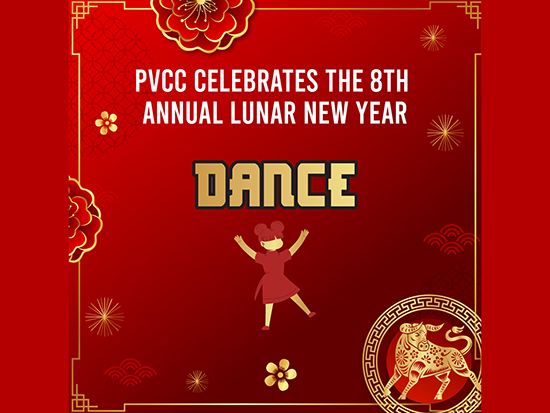Dance in China is a highly varied art form, consisting of many modern and traditional dance genres. Particularly, due to China’s 56 distinct ethnic minorities, each group has traditional folk dances that reflect and express its own unique culture. As an important part of the Chinese culture, dance serves many different purposes. “Some are performed during festivals and rituals, like welcoming the New Year or celebrating the harvest. Dances can also be a form of expression and many have developed among the different regions like the popular Lantern Dance, which originated in southern China and involves undulating body movements that emulate a dragon” (Juliao, 2021). Another very popular dance is the Peacock Dance, originating from southwest China where nature has been well preserved. Also, religious rituals often utilize dance to communicate strong messages, such as the famous Thousand Hand Dance by 21 hearing-impaired performers. Historically, the imperial nobles enjoyed watching court dances (consisting of folk, ritual, operatic dances…), and today ordinary people find both Chinese traditional dances and Western ballet equally appealing to them. Overall, dance is an integral part of the Chinese culture and society, and is more important during this time of the Lunar New Year celebration.
Reference:
Juliao, D. (2021). “Chinese Dance: History, Music & Costumes.”
https://study.com/academy/lesson/chinese-dance-history-music-costumes.html
The following dance performances will offer the audience a glimpse of some of the dance traditions and genres mentioned above.
Eastern Art Academy
Established in 2011, Eastern Art Academy (EAA)’s mission is to offer awareness and insights of Chinese culture to interested families in the great Phoenix area; preserve and promote Chinese arts in the ever-changing American culture; and serve as a vehicle for the local Chinese community to retain connections to their cultural heritage.
As the largest private Chinese language and arts school in Arizona, EAA offers Chinese language classes for grades K-12, AP Chinese, and adult learners. It also provides a variety of classes including Chinese classical and folk dance, art, and English reading and writing.
Each year, EAA presents a Chinese New Year Show, one of the most anticipated activities during the Chinese New Year in the great Phoenix area. While featuring guest artists within the local community and from China, the show is committed to providing professional performance opportunities for young Chinese Americans as well as showcasing Chinese arts and culture.
